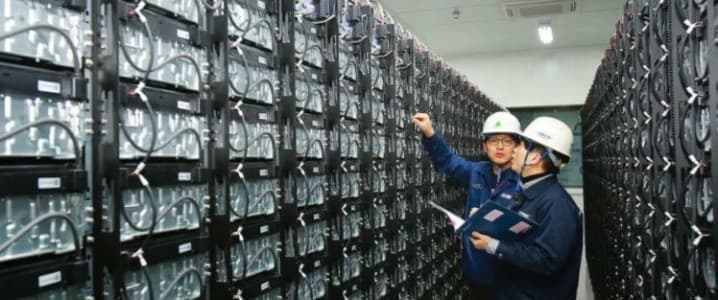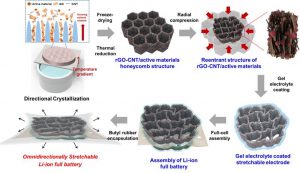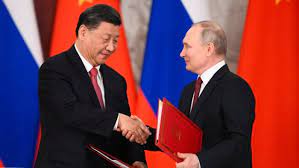Researchers at the Korea Institute of Science and Technology have developed a high-capacity lithium-ion battery that is flexible enough to be stretched.

Led by senior researcher Jeong Gon Son, the team created an accordion-like micro-structure, which gives structural stretchability to non-stretchable materials, and thus constructed a micro-inwardly curved electrode framework in a honeycomb shape.
 Schematic diagram of the stretchable battery manufacturing process. (Image courtesy of the Korea Institute of Science and Technology).
Schematic diagram of the stretchable battery manufacturing process. (Image courtesy of the Korea Institute of Science and Technology).
The inwardly protruded honeycomb framework consisted of atom-thick graphene, which serves as a curtain, and carbon nanotubes, which formed a nano-size rope.
In a paper published in the journal ACS Nano, the scientists said they were able to make the honeycomb-shaped composite framework inwardly protruded using a radial compression process. This process resembles the rolling of Korean rice rolls, or gimbap, and it resulted in the creation of stretchable properties.
The structurally stretchable electrode consists solely of electrode materials and it was assembled with a stretchable gel electrolyte and stretchable packaging. These elements block air and moisture and keep the electrolytes from leaking.
According to the proponents, the resulting stretchable battery showed high areal capacity of 5.05 mAh/cm2, superior electrochemical performance up to 50% strain under repeated (up to 500) stretch-release cycles and long-term stability of 95.7% after 100 cycles in air conditions.
“The stretchable lithium-ion battery developed through this research is expected to present a new paradigm in terms of stretchable energy storage systems for the further development of wearable and body-implantable electronic devices,” Jeong Gon Son said in a media statement.
In the researcher’s view, the fast-growing market for high-performance wearable devices has increased the need for energy storage mechanisms to be designed in flexible and stretchable forms that mimic human skin and organs.







